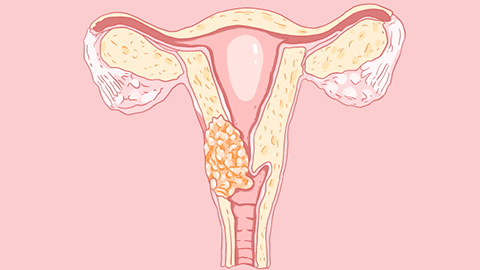What Causes Abdominal Bloating and Pain After Cervical Cancer Screening?
Generally, abdominal distension and pain after cervical cancer screening may be caused by stimulation from the examination procedure, cervical mucosal injury, pelvic congestion, infection, or exacerbation of pre-existing gynecological inflammation. If symptoms persist or worsen, it is recommended to seek timely medical attention at a formal hospital. Detailed analysis is as follows:
1. Examination Procedure Stimulation
The sampling instruments used during screening may cause temporary stimulation to the cervix and uterus, triggering uterine contractions and resulting in abdominal distension and pain. This condition is usually mild. Bed rest, avoiding strenuous activities, and drinking warm water appropriately can help alleviate symptoms, which typically resolve spontaneously within 1-2 days.
2. Cervical Mucosal Injury
Minor damage to the cervical mucosa may occur during sampling, causing local inflammatory reactions and involving surrounding tissues, leading to distension and pain. It is important to maintain external genital hygiene, avoid tub bathing and sexual activity to prevent infection.

3. Pelvic Congestion
Stimulation during screening may lead to accelerated pelvic blood circulation, resulting in pelvic congestion, manifested as a sensation of heaviness and pain in the lower abdomen. Applying heat to the lower abdomen can promote blood circulation and reduce congestion. Avoid prolonged standing or sitting, and engage in appropriate walking to relieve discomfort.
4. Infection
Poor hygiene after screening may lead to cervical or pelvic infection, causing an inflammatory response with symptoms of abdominal distension and pain, often accompanied by abnormal discharge. Prompt medical attention is necessary, and under a physician's guidance, medications such as metronidazole tablets, cefuroxime axetil tablets, or clindamycin hydrochloride capsules should be used to control the infection.
5. Exacerbation of Pre-existing Gynecological Inflammation
If one already suffers from conditions such as pelvic inflammatory disease or cervicitis, the screening procedure may exacerbate the existing inflammation, intensifying abdominal distension and pain. Treatment should be directed by a physician targeting the pre-existing inflammation. For example, pelvic inflammatory disease may be treated with ceftriaxone sodium for injection, levofloxacin tablets, and adjunctive use of gynecological anti-inflammatory capsules to relieve symptoms.
In daily life, after screening, it is important to maintain dryness and cleanliness of the external genital area and choose cotton, breathable underwear. Maintain a light diet and avoid spicy or irritating foods. Monitor symptom changes closely, and if the pain persists for more than three days or is accompanied by fever, bleeding, or other symptoms, immediate medical attention is required.









